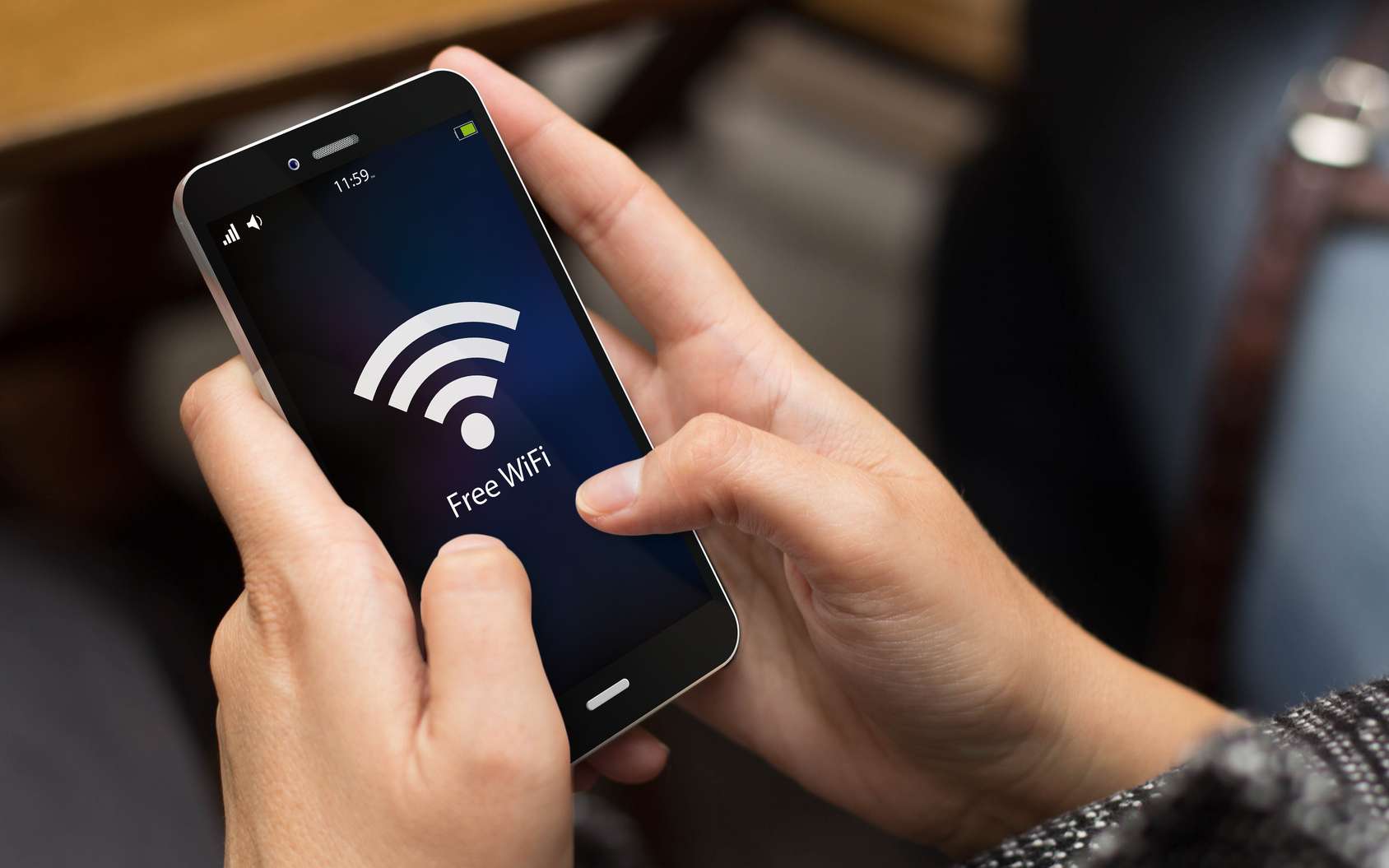How to improve the signal and reception of a wireless connection when the device is very small with a low-power chip? MIT researchers have imagined a surface that reflects and amplifies Wi-Fi waves, and it works!
With the proliferation of increasingly miniaturized connected objects , one of the challenges is to succeed in communicating wirelessly, in Wi-Fi or 5G , with lower power devices. One of the solutions is to multiply the number of antennas at the source, at the Wi-Fi hotspots or relay antennas, or at the level of the destination device, such as the PC or the smartphone . As this solution is complicated to implement in small devices, the transmitters often use beamforming , or beam formation, to transmit the waves in a given direction in order to improve the signal.

Researchers from the Massachusetts Institute of Technology (MIT) came up with the idea of creating an external system, independent of the transmitter and receiver, which takes up the principle of beamforming . Called RFocus , it is an intelligent surface capable of directing the signal to devices in order to improve reception without seeking to amplify it. By focusing the waves, the power received is multiplied by ten.
Thousands of antennas to focus the waves
The system operates through more than 3,000 tiny antennas, costing a few cents each, which can be configured via software to let the waves or think to target a particular device. Since the antennas do not process the signal , RFocus uses very little power.
Researchers say RFocus could be used to increase the range of a Wi-Fi signal , but also to improve the signal in more complex environments, such as warehouses with hundreds of sensors . The presence of the system would thus reduce the power used by the devices to communicate, and therefore their cost.